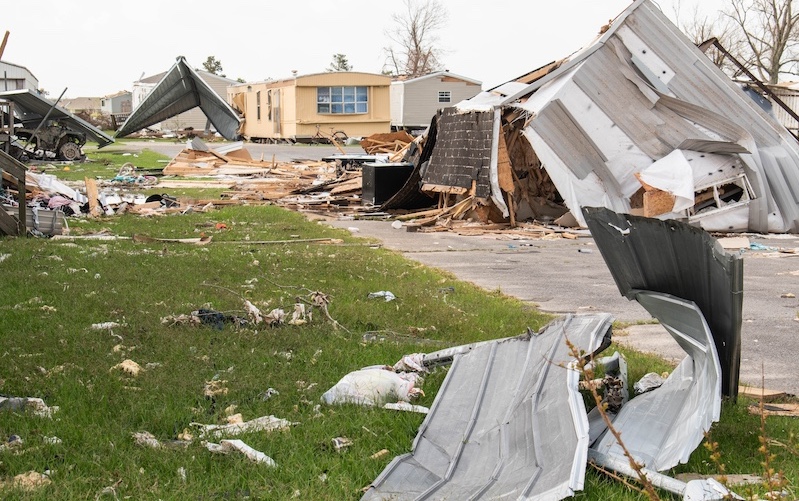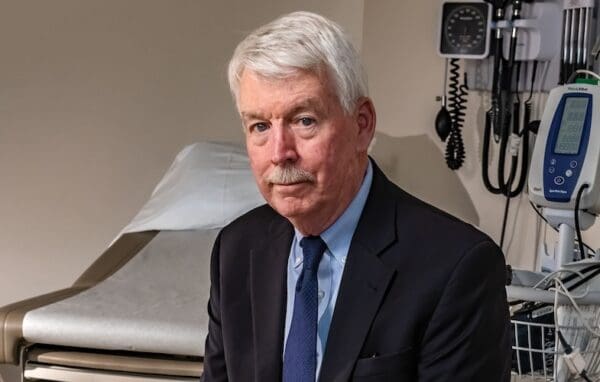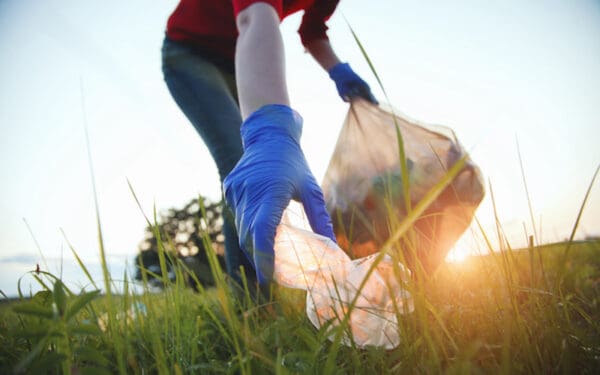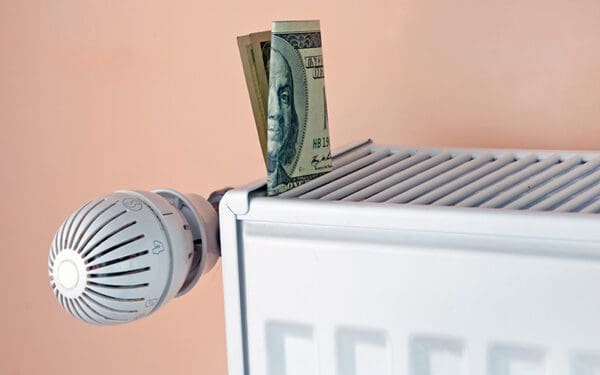
Mobile home parks suffer more damage during hurricanes. They are also disproportionately occupied by people with lower incomes. Photo: Shutterstock
People are still digging out in Florida and North Carolina after two powerful hurricanes, Helene and Milton, hit this month. Neighborhoods were flooded, trees and power lines were toppled, and rising rivers even swept away some homes.
The devastation was so striking it would be easy to imagine everyone felt it equally. But the fact is, they didn’t. Lower-income and Black and Brown communities were more likely to feel the brunt of the disasters at every turn. It’s a pattern we see repeated storm after storm and disaster after disaster, especially with climate change ramping up extreme weather. Many factors explain this imbalance, including racism and redlining, but what we are left with, in the end, is an experience of tragedy that sadly only reinforces and compounds existing injustices.
Getting Out of Harm’s Way Requires Money
Those inequities are evident days before a storm hits. Towns and cities ask residents to evacuate, but the people who stay behind are often poorer. Studies show that people with lower incomes are far more likely to disregard evacuation orders and ride out a storm. Why? Because they lack the resources to go anywhere else. Evacuation usually requires access to a car, which means owning or renting one. Both require money.
A 2021 University of South Florida survey revealed that over half of Florida’s residents said finances would impact whether they evacuated from a hurricane. Almost 43% of those surveyed said they had under $1,000 to deal with such emergencies. Meanwhile, people who escaped Hurricanes Helene and Milton reported spending thousands of dollars to get to safety.
Needing Somewhere to Go
If you can evacuate without a car, you still need somewhere to go. And if you have limited resources, you have fewer options. There are shelters— if they have space. But many shelters aren’t welcoming places for families, especially those with pets. People with resources can handle this problem by booking a hotel or using Airbnb. They can also afford to send the family dog to a kennel if a hotel isn’t pet-friendly. But what if you don’t have the money?
Connie Vickers, 63, who lives about an hour outside of Asheville, North Carolina, was able to book an Airbnb accommodation that cost her about $5,000. That is a daunting sum for even those with means. Fortunately, Vickers could pay out of pocket, knowing her insurance would probably pick up the tab. But the steep price of lodging was a stark reminder of what life would be like if she didn’t happen to have an extra $5,000 on hand.
“I’ve been thinking about the socioeconomic differences,” she told Vox.
People with Lower Incomes Live in More Vulnerable Homes
Whether they stay to ride out a storm or manage to find a way to escape, people with lower incomes are also far more vulnerable to bad outcomes because of where they tend to live. And often, that’s in a mobile home.
Manufactured homes are far cheaper than conventional homes but also far lighter. People with lower incomes sometimes choose this form of housing because of the low cost. In fact, those who live in mobile home parks are three times as likely to live in poverty as those who live in traditional housing. They are also more likely to be older or disabled. According to data compiled by CoreLogic, a property information and analytics company, many mobile homes are also more likely to be in flood zones.
Right here in New England, we’ve seen how mobile home residents are disproportionately affected after extreme weather events. After Tropical Storm Irene swept through Vermont in 2011, about 40% of those affected by storm flooding lived in a mobile home or trailer. (About 8% of the state’s residents live in mobile homes.)
Lighter homes put up in flood zones are a bad combination. Indeed, the combination is so lethal that before Hurricane Milton, Tampa Bay officials ordered anyone living in a manufactured home to evacuate. The problem is that many in these homes couldn’t afford to.
A Matter of Geography
The Gulf Coast, which includes Texas, Alabama, Louisiana, and Mississippi, is more prone to fierce hurricanes, tropical storms, and blistering heat than other parts of the country. It also has the highest poverty rates in the U.S. The confluence of extreme poverty and higher rates of poor health (often due to racial inequality and environmental factors) leaves residents in this region especially vulnerable during disasters.
Also, these Deep South regions happen to be where the majority of Blacks live. And as we saw after Hurricane Katrina in 2005, this puts these communities at high risk during severe weather.
Unsurprisingly, if vulnerable communities survive the acute phase of disaster, the pain doesn’t end. According to an analysis published in Nature this month, there is a surge of deaths for 15 years after a hurricane passes through. That surge observed in Florida and North Carolina is in the double digits, 13% and 11%, respectively. Blacks are three times more likely to die after a hurricane than whites.
“In any given month, people are dying earlier than they would have if the storm hadn’t hit their community,” says senior study author Solomon Hsiang, a professor of environmental social sciences at Stanford. “A big storm will hit, and there’s all these cascades of effects where cities are rebuilding, or households are displaced, or social networks are broken. These cascades have serious consequences for public health.”
Inequities in the Long Term
What’s more, a study done by Rice University and the University of Pittsburgh found that public health is not the only thing affected in the long term following a storm. Researchers found that white counties saw an increase in average wealth following natural disasters, while predominantly minority counties saw a wealth decrease. The study notes that white communities saw higher levels of reinvestment in their communities after natural disasters in comparison to communities of color.
This is all to say that research confirms what many of us already know. Extreme weather, and not just hurricanes but storms of any type, are a lot harder to bear if you are lower income or a person of color. Whether it’s the ability to risk missing work, having the resources to evacuate, living in a risky flood zone, or living in manufactured housing, it’s people with lower incomes and communities of color that end up grappling with the effects of storms like Helene and Milton, long after clean-up is over.



